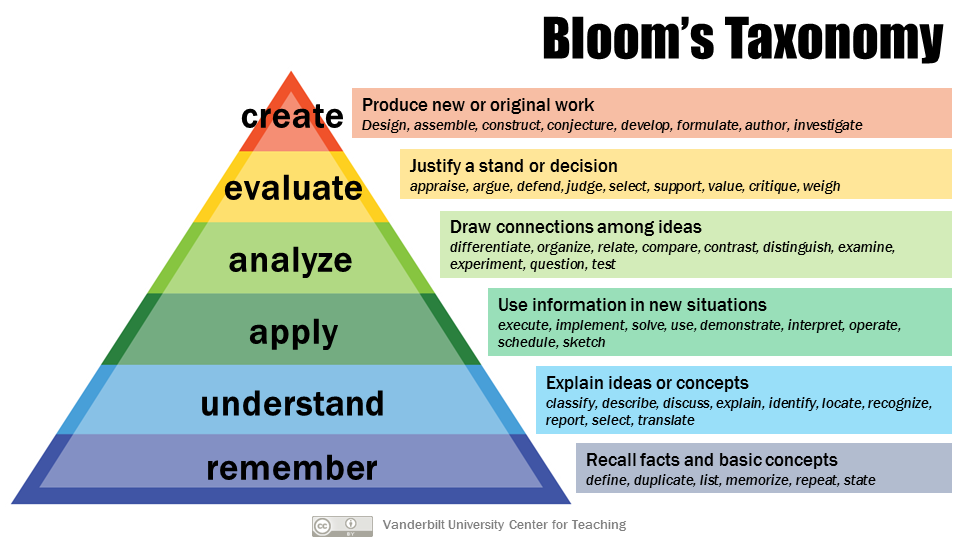The mini-course above requires an account on CALI’s website.
Also see:
https://www.cali.org/corona
Six Practical Approaches for Teaching Writing Online — from facultyfocus.com by Christian Aguiar and Albert Pearsall; with a shoutout to Bill Knapp from GRCC for posting this on Twitter
Setting Expectations for Remote Learning — from evoLLLution.com (where LLL stands for lifelong learning) by Robin Robinson
Excerpt:
Evo: How important is it to clearly differentiate remote learning and online education?
RR: You need to set expectations. Normally, if someone is going to produce an online course, they’re going to spend at least a semester building out the appropriate course map and alignments to their course objectives. In this situation, with remote learning, you’re trying to meet the same objective as you would in a regular face-to-face class, but online learning is completely different. Your head space needs to reflect that, and you need to consider the things in this environment that can’t be done in a face-to-face environment. We’re drawing on what people understand as good teaching and trying to emulate that experience online as much as possible.
Remote delivery requires using a lot of the synchronous tools. Online learning is about combining the best of both worlds.
Faculty who were skeptical have now adopted online learning. Many of them are amazed at how well they can get to know their students and how well they can track their performances in school.
…
What I’m concerned about is the digital divide. We want a very inclusive and diverse university, but that means recognizing that there are students at a disadvantage.
Virtual classroom engagement tactics for COVID-19 pandemic — from learningsolutionsmag.com by Bill Brandon
Excerpts:
In the two previous articles in this series (see “ICYMI” at the end of this article), I listed 10 resources for virtual classroom design and delivery, published in the past in Learning Solutions. In this article, I wrap up the series with an additional five that are more tactical in nature.
…
Tips for great delivery in the virtual classroom
Five Essential Skills for Virtual Classroom Facilitators: Cindy Huggett discusses “five key competencies” for virtual classroom delivery that she has identified in her research and through experience. Mastering these skills is essential to facilitating live virtual classroom sessions that are engaging, polished, and professional. Karen Hyder gives tips for “owning your message” through practice and preparation that will ensure authentic delivery.
Steps toward excellence: The power of learning objectives — from rtalbert.org by Robert Talbert
Making clear and measurable learning objectives for both the course and individual course modules.
Excerpt:
How to write a clear, measurable learning objective
Allow me to (re-)introduce you to Bloom’s Taxonomy:

Each of the six levels of the taxonomy corresponds to a category of cognitive tasks, and in most of these diagrams of the taxonomy you will find action verbs attached to each level. The key to writing a clear, measurable learning objective is to focus on two questions at both the macro and micro levels:
What is it that I want students to learn? And,
What action with a measurable outcome can a student perform that will allow me to decide whether they have learned it?
Then it’s a matter of expressing that action as a declarative statement anchored to a concrete action verb at the appropriate Bloom level.
Also see Robert’s second posting here, entitled: